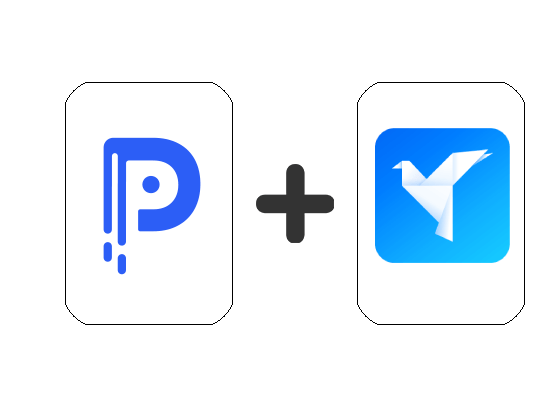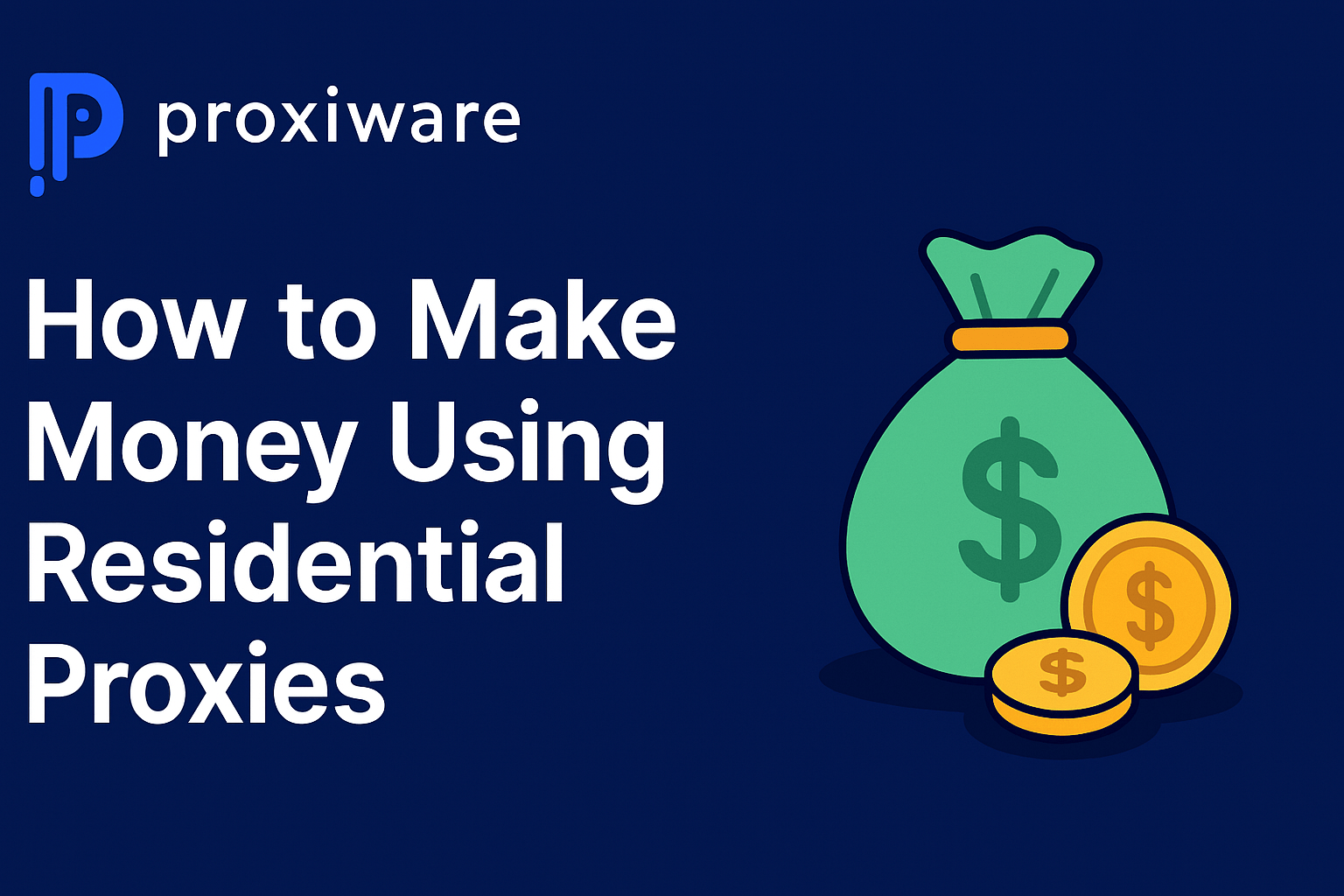Proxies for Web Developers
Proxies for Web Developers Proxies is a resource designed for web developers to enhance their understanding and ability to work with web proxies. They cover different types of proxies, their functioning, their significance in web development, and how they can be utilized in various scenarios like debugging, testing, and enhancing security. This learning material supports developers in creating more efficient and secure websites or apps.
What is a web proxy in the context of web development?
In the context of web development, a web proxy serves as an intermediary for requests from clients seeking resources from other servers. It acts as a gateway between you and the internet, providing an extra layer of security by masking your IP address, encrypting web traffic, and managing cookies.
Why would a web developer need to use proxies?
Web developers may use proxies for various reasons. Firstly, proxies enhance security by preventing direct access to your server from the web. Also, they can be employed to balance server load by distributing incoming requests across multiple servers. Proxies also make it easier to cache content to improve server performance and speed up response times. Finally, proxies can make cross-domain requests to APIs simpler, serving as a workaround for the browser’s same-origin policy.
What can I use to set up a proxy server for web development?
There are a number of tools and libraries available to web developers to set up proxy servers. These include Node.js libraries like ‘http-proxy’ and ‘express-http-proxy’ for creating custom proxies. ‘Nginx’ and ‘Apache’ are powerful tools for setting up a reverse proxy server. Additionally, cloud service providers like AWS and Google Cloud offer managed services that can be used to setup secure and scalable proxy servers.






